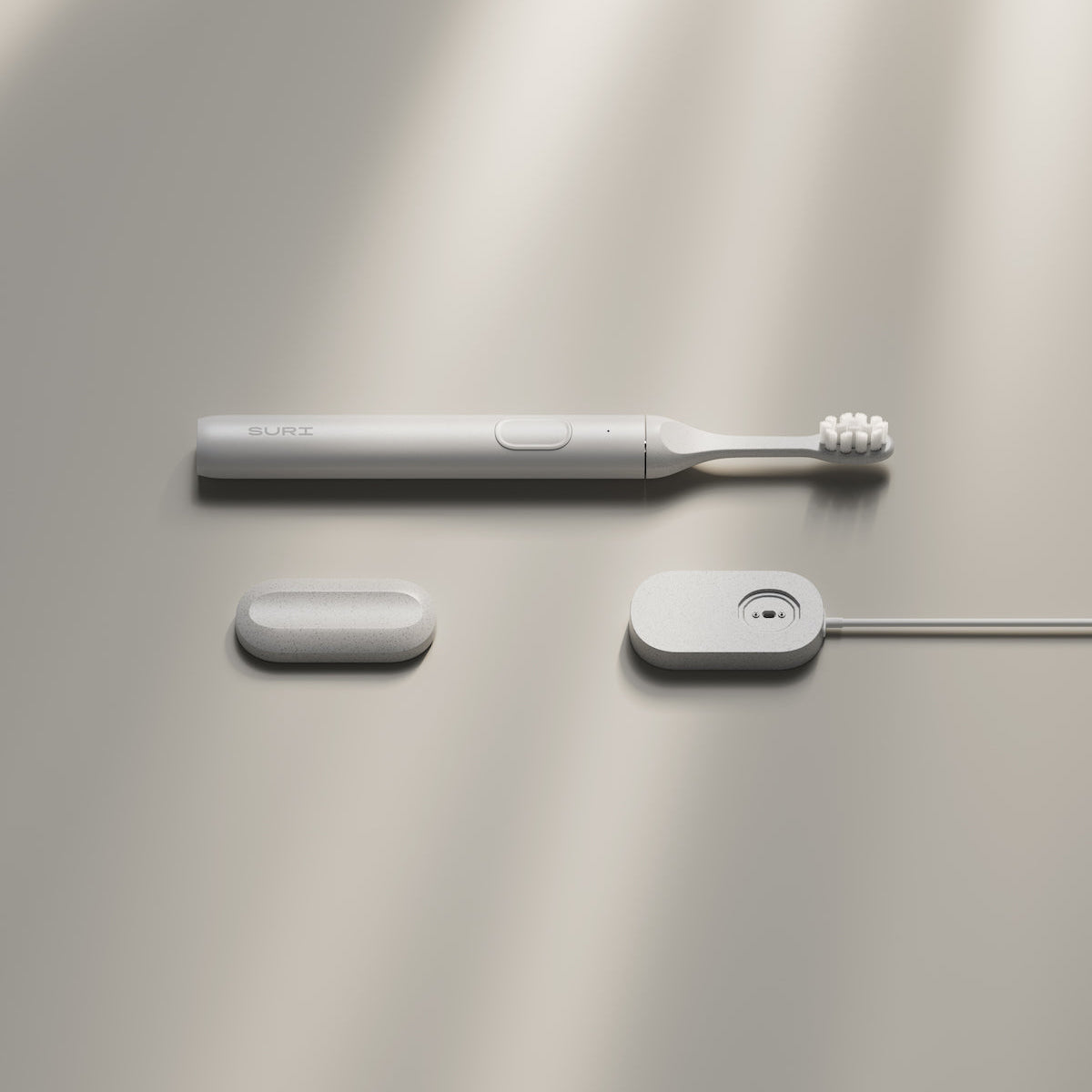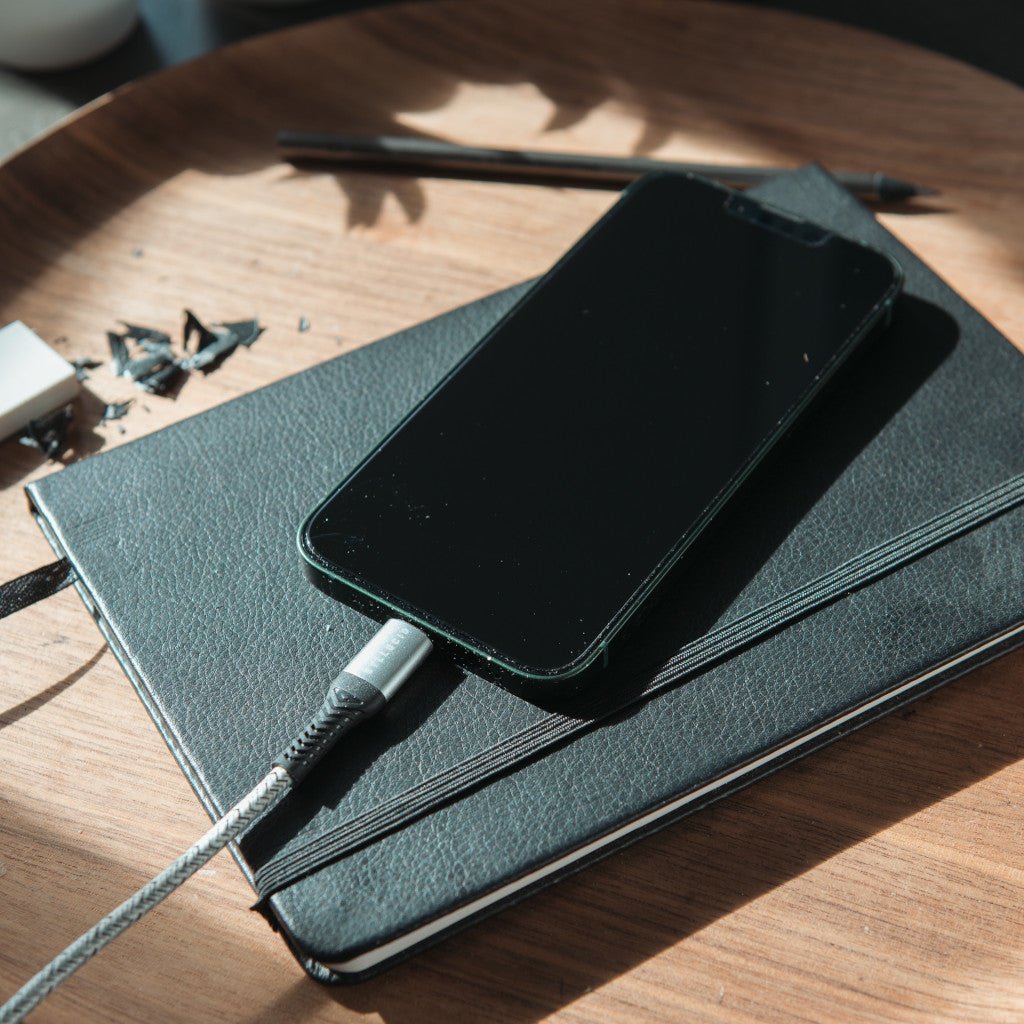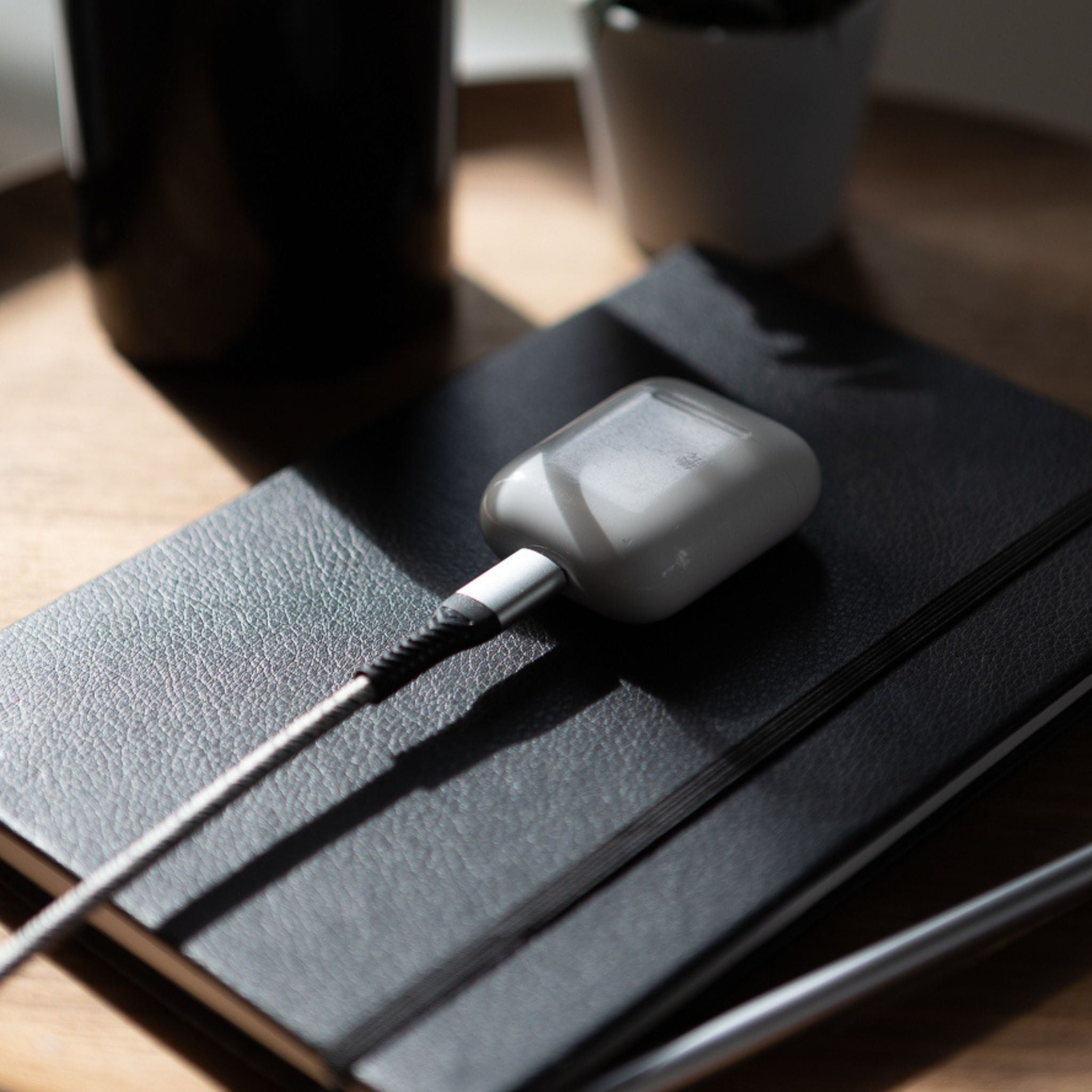Compared to stainless steel pans or non-stick, working with iron - including cast iron, wrought iron or black iron (carbon steel) - is a whole other ball game. Used bare, iron will rust and your food will stick to its surface. But with a little TLC, iron pans offer truly unparalleled performance and durability.
If you’ve just purchased a wrought iron Solidteknics pan, or perhaps you’ve been considering a cast iron skillet - or maybe you’ve already got one that needs some love - our Research Team has the answers to keep your pan in top shape.
Follow this guide for straightforward advice on how to season, wash and use your iron pan. You’ll be passing down the knowledge - and the pan! - to future generations.
What do we mean by seasoning?
Seasoning in this instance has nothing to do with herbs and spices, and it doesn’t involve ‘flavouring’ the pan or having a greasy skillet that you refuse to wash. Seasoning at its essence is a layer of baked-on oil that both protects the iron and gives the cooking surface non-stick properties. It’s what makes the pans black - bare cast iron is a dull grey that will quickly rust. When a thin layer of oil is taken to a high heat, it hardens - a process called polymerisation.
Polymerised oil is a completely natural non-stick surface that’s also renewable. Whereas synthetic non-stick coated pans must be thrown away when the coating starts flaking, iron can be seasoned again and again, and the seasoning just gets better with use. Most cast iron (as well as Solidteknics pans) comes lightly pre-seasoned with oil. However, we advise you follow these steps to add two to three more layers before you prep your first meal. Carbon steel pans usually come without pre-seasoning.
What’s involved in a seasoning cycle?
A seasoning cycle simply involves wiping a very thin layer of oil on your pan, heating it up, letting it bake on and then allowing it to cool. People season their pans in different ways, and if you do your research you’re likely to find a few different methods. Most of them will work fine, but we’ve outlined two foolproof methods for building up layers gradually.
You can season your pan either on the hob or in the oven. It’s a straightforward process, but takes a little time so we don’t recommend trying to squeeze this in on a weeknight before dinner.
The oven technique is our preferred method, as it’s a bit easier and creates less smoke. However, if your pan doesn’t fit in the oven or if it has a wooden handle, the hob will yield the same results, and in less time.
Oven seasoning steps:
- Preheat your oven to maximum temperature, around 250°C.
- Using a cloth/paper towel and a light food grade cooking oil (see below), wipe a very thin layer of oil all over the pan, including the outside and the handle.
- With another clean tea towel or paper towel, thoroughly buff away the oil until it looks almost completely dry. Excess oil will result in sticky areas that don’t polymerise.
- Place the pan upside-down in the oven, and allow to bake for 1-2 hours.
- Switch off the oven and allow pan to cool inside for 1 hour.
- Remove pan, turn on the oven again and wipe on/buff the next layer of seasoning while the pan is still warm.
- Repeat 2-3 times - the more layers of seasoning, the more non-stick your pan will be. However, it will improve naturally with use.
Hob seasoning steps:
NB: only attempt this method in a well-ventilated kitchen!
- As above, using a cloth/paper towel and a light food grade cooking oil (see below), wipe a very thin layer of oil all over the pan, including the outside and the handle.
- With a clean tea towel or paper towel, thoroughly buff away the oil until it looks almost completely dry.
- Turn your hood fan on and open any windows!
- On a high heat, heat the pan until it starts smoking. This indicates that the oil is polymerising.
- When the smoke starts dying down, wipe the pan’s cooking surface again with an oily cloth to create another thin layer. Let it smoke.
- Repeat until the pan is a dark chocolate brown to black colour.
- Turn off the heat and allow it to cool.
What’s the best oil for seasoning cast iron?
There is some debate over what oil is best to season a pan with. Whilst most cast iron manufacturers pre-season with canola (rapeseed) oil, many experts say grapeseed oil makes the best seasoning - slick and durable. Others prefer traditional animals fats or even butter. Olive oil is a no-no - the seasoning it makes degrades at high temperatures due to its low smoke point.
Generally, any neutral-flavoured cooking oil with a fairly high smoke point will make a good seasoning. For the particular seasoning methods we’ve outlined above, vegetable oil (which is rapeseed) will work well.
What kinds of food can I prepare in my skillet?
Iron pans can hold heat exceptionally well and create a perfect searing surface, making them particularly good for cooking meat and frying. The first couple of times you use your skillet, many recommend frying bacon or something fatty in order to thoroughly develop the seasoning.
Iron pans are very versatile, but the one thing to be avoided is acidic foods, such as tomato sauces. Cooking acidic food in an iron pan that’s fairly new will strip the seasoning, and result in discoloration and metallic-tasting food. However, a really well-seasoned pan will be able to handle these foods without a problem, as the polymerised oil forms a protective barrier.
How to clean my cast iron pans?
There’s some debate too over the best way to clean a skillet. Whilst you need to take care not to scrub off that precious seasoning layer, iron pans can and should be cleaned thoroughly. A good technique is to run the pan under very hot water - preferably whilst it’s still warm - and scrape off any food with a spatula or brush. Use soap if necessary, but stick to light soaps and use sparingly. Don’t use metal scourers or harsh detergents, as they’ll damage seasoning.
Dry and lightly oil your pan immediately after washing to prevent rusting. One spot of water can create a rust spot, so we recommend drying it over the hob to be thorough.
A general rule of thumb when cleaning iron is to minimise the cleaning time - get it done from start to finish in one go. Don’t let your pan soak for more than five minutes, or air dry it on your rack. Never place iron in the dishwasher.
Other iron pan top tips
The seasoning on your pan will just get better and better with use, but it may require another dedicated seasoning session if you notice the layer flaking or getting scratched off. If you notice any rust spots, these can be removed with a metal scourer and the pan reseasoned. Even if a pan has been soaked overnight and is completely covered in rust, it can be salvaged - though it will take some work!
Cast iron, though heavy and solid, is a fairly brittle material. Try to avoid taking it to extremes of temperature too quickly, for instance by quenching a hot pan with cold water - it could crack, or warp. Take care not to drop it, too! Wrought iron pans like Solidteknics are tougher than cast iron and are very unlikely to crack, but can still be warped.
Lastly, don’t store leftover food in a pan that isn’t heavily seasoned, unless you like the taste of rust...
Need some extra help?
We've got a great article on busting the most common Cast Iron Pan myths here
If you’re struggling with your pan, we’d love to be able to help you. Check out the Solidteknics site for some extra resources, or if you have a specific question, our Research Team are here to help.
Shop Solidteknics - not your traditional cast iron skillet. These ultra-tough wrought iron pans are half the weight of cast iron and come with a multi-century warranty.
Shop Skeppshult - beautiful Swedish cast iron pans, made in the same foundry 1906. With a concave cooking base that’s perfectly flat when heated.






































